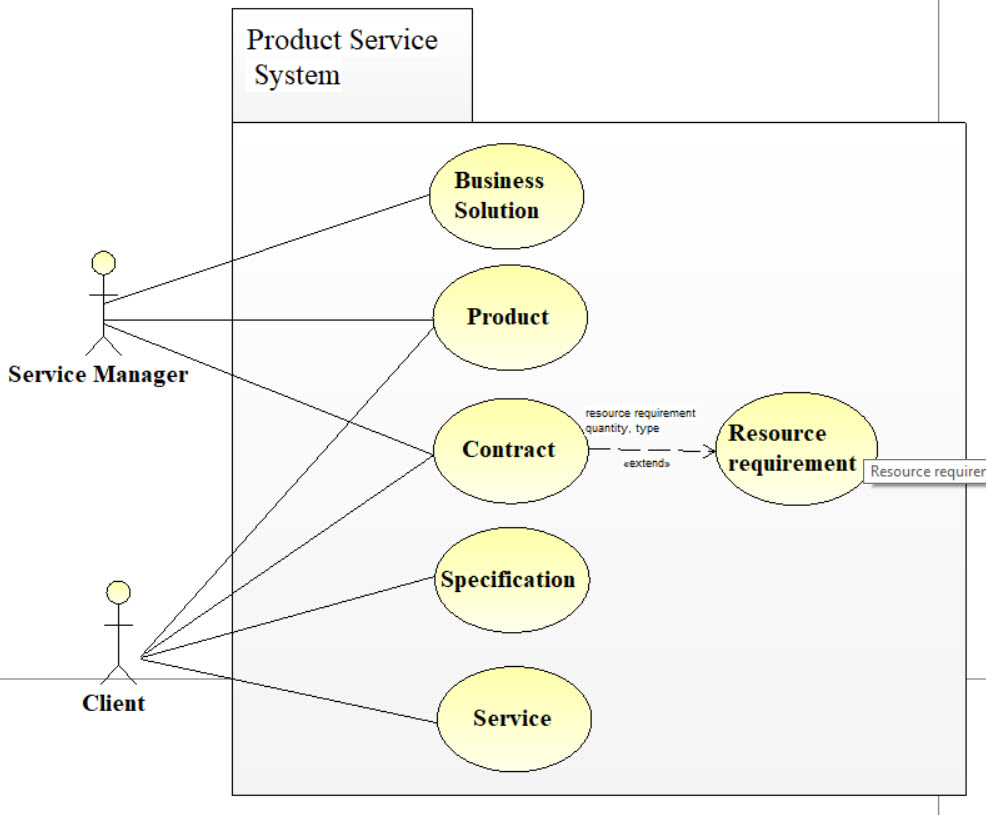
Start by keeping your use cases simple.
Approach with a simple overview.
Think of a Use Case as a way to represent a coherent unit of the functionality provided by a system or subsystem. You would typically develop a Use Case in the early phases of a project and refer to it throughout the development process or as the project matures.
Remember to focus on:
- Actors (Roles)
- Use Cases
- Package (a complete system)

